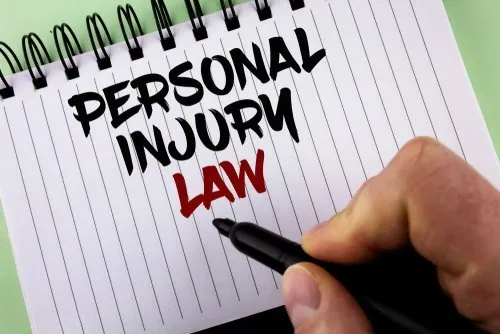Sometimes life throws us an unexpected curveball and we find ourselves in terrible accidents. Whether it’s a fender bender on the freeway, a slip on a wet floor, or a defectively designed product, accidents happen.
But when someone else is at fault for your injuries, you deserve compensation. Recovering damages can be like sailing through murky legal waters though.
Here’s your guide to navigating the steps in a personal injury lawsuit.
Table of Contents
Seek Medical Care ASAP
First things first – you want to get checked out by a doctor as soon as possible. Be upfront about how the injury occurred and all your symptoms. Go through any tests, treatments, prescriptions, or therapies recommended.
Keep records of medical visits, medications, devices, costs, and anything relevant to the injury. Detailed documentation becomes pivotal later on.
Initial Consultation with a Personal Injury Attorney
You’ll want an experienced personal injury lawyer on deck to help steer your case. Find attorneys you’re confident in. Many offer free case reviews to assess your situation and determine if you have a legitimate claim. A lawyer will figure out who’s at fault, identify liable parties and applicable insurance policies, and then plot a legal course of action.
Filing the Lawsuit Complaint
A civil complaint formally sets forth allegations of wrongdoing. It identifies plaintiffs (the injured party) and defendants (those responsible), specifies what negligent actions caused harm, and requests relief by a certain dollar amount.
Once served notice, defendants must appear in court and respond. Strict filing deadlines called statutes of limitations apply, so prompt filing is critical. The court summons marks the official launch of legal proceedings.
Discovery Occurs by Both Sides’ Lawyers
During discovery, lawyers dredge up evidence to support or discredit the claims. They can subpoena documents, question witnesses under oath, get independent medical evaluations, take depositions, request admissions of fact, etc.
You’ll need to prove the injury and losses were directly caused by the defendant’s actions. Defendants aim to deny or reduce culpability. This info-gathering phase can span months.
Mediation and Trial Preparation Happens
As trial day nears, a neutral mediator facilitates one final try at settlement talks between the parties. Mediation can resolve cases faster and without an expensive, drawn-out trial. If no agreement is reached, lawyers will pre-wire testimony, assemble exhibits, file motions, and sharpen the strongest case to convince the jury in the next step.
The Case Goes to Trial
At the personal injury trial, lawyers argue before a judge and jury to convince them their version is the truth. You must prove the defendant’s negligent actions directly caused the injury and losses. The defense seeks to refute accusations and chip away at damages owed. Expert testimony and evidence boost credibility. It’s then a matter of waiting for the jury’s verdict to reveal who prevailed.
The losing party can file motions contesting the verdict or award amount. If motions fail, the court enters a final judgment formalizing the jury’s decision. Liable defendants must pay owed damages so you can cover costs stemming from the injury or accident.
Steps in a Personal Injury Lawsuit – In Conclusion
Pursuing fair compensation after an injury takes legal know-how, time and dedication. That’s while it’s very important to get skilled legal representation. Let an experienced personal injury attorney chart the complex legal course while you focus energy on getting back to form. Navigating each of the steps in a personal injury lawsuit builds a strong case for a favorable result.








